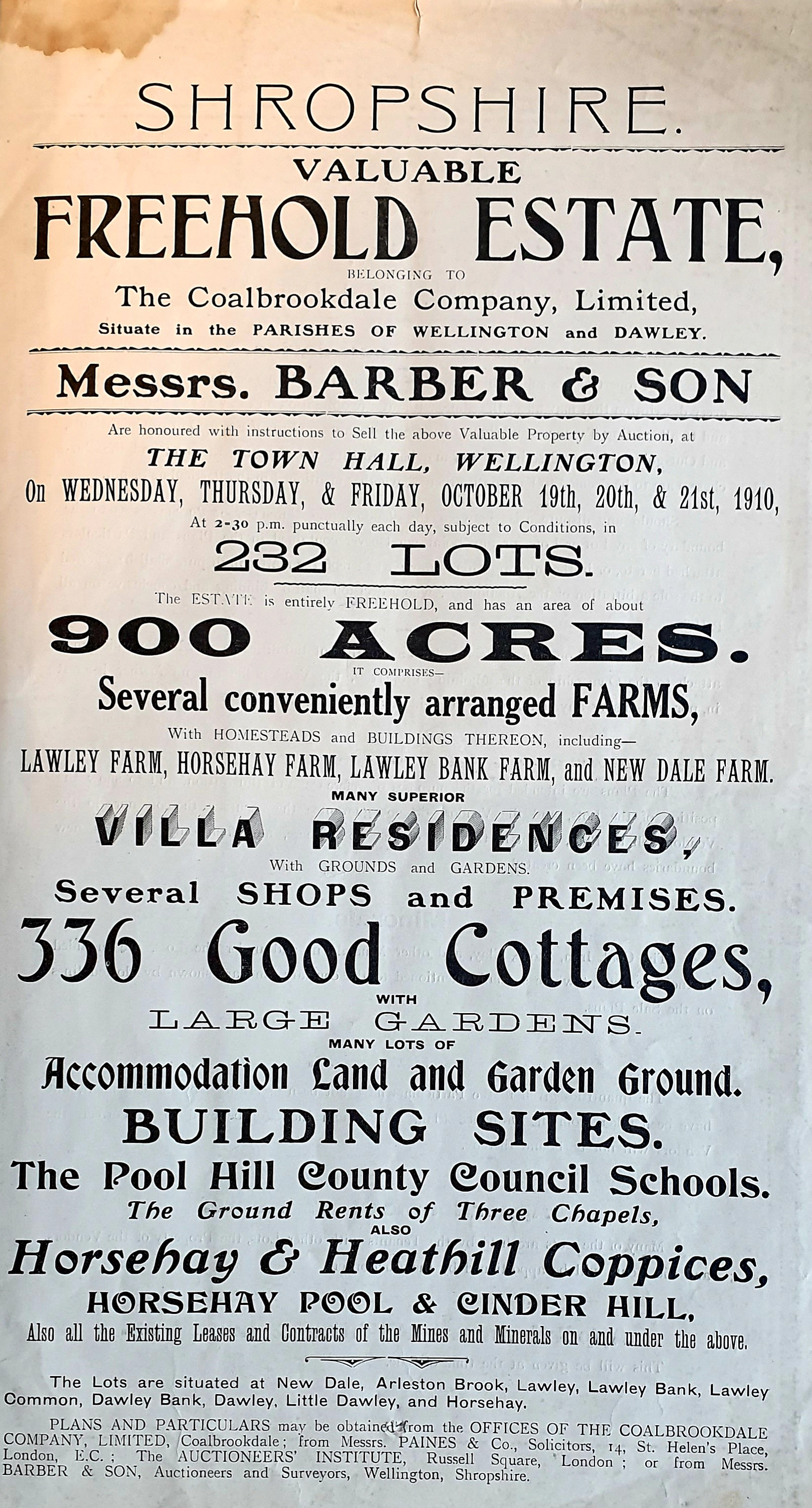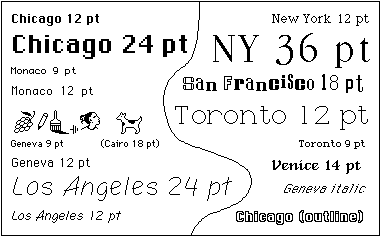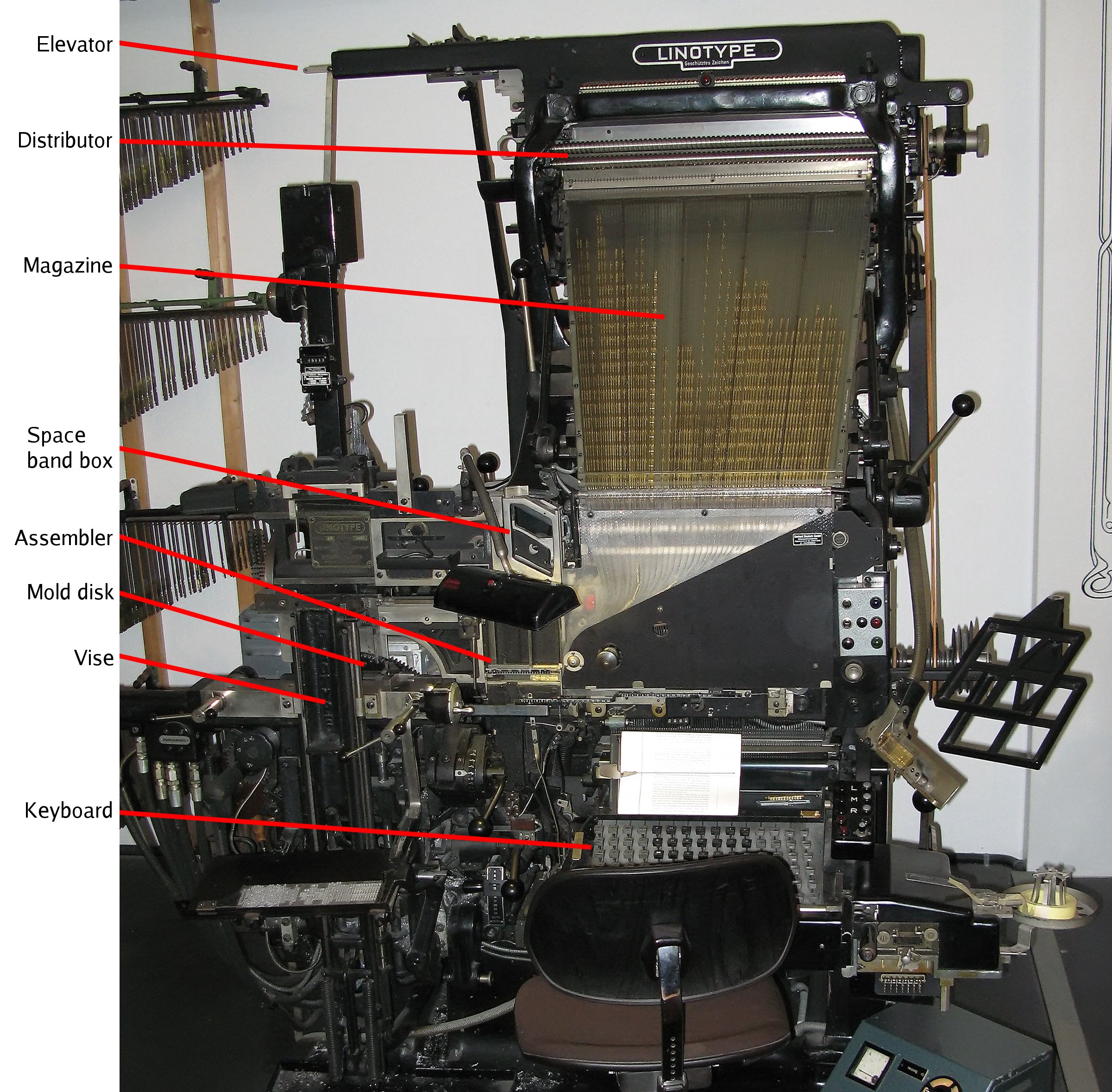|
Font
In metal typesetting, a font is a particular size, weight and style of a ''typeface'', defined as the set of fonts that share an overall design. For instance, the typeface Bauer Bodoni (shown in the figure) includes fonts " Roman" (or "regular"), "" and ""; each of these exists in a variety of sizes. In the digital description of fonts ( computer fonts), the terms "font" and "typeface" are often used interchangeably. For example, when used in computers, each style is stored in a separate digital font file. In both traditional typesetting and computing, the word "font" refers to the delivery mechanism of an instance of the typeface. In traditional typesetting, the font would be made from metal or wood type: to compose a page may require multiple fonts from the typeface or even multiple typefaces. Spelling and etymology The word ''font'' (US) or ''fount'' (traditional UK, CAN; in any case pronounced ) derives from Middle French ''fonte'', meaning "cast iron". The term re ... [...More Info...] [...Related Items...] OR: [Wikipedia] [Google] [Baidu] |
Typeface
A typeface (or font family) is a design of Letter (alphabet), letters, Numerical digit, numbers and other symbols, to be used in printing or for electronic display. Most typefaces include variations in size (e.g., 24 point), weight (e.g., light, bold), slope (e.g., italic), width (e.g., condensed), and so on. Each of these variations of the typeface is a font. There are list of typefaces, thousands of different typefaces in existence, with new ones being developed constantly. The art and craft of designing typefaces is called type design. Designers of typefaces are called type designers and are often employed by type foundry, type foundries. In desktop publishing, type designers are sometimes also called "font developers" or "font designers" (a typographer is someone who ''uses'' typefaces to design a page layout). Every typeface is a collection of glyphs, each of which represents an individual letter, number, punctuation mark, or other symbol. The same glyph may be used for ch ... [...More Info...] [...Related Items...] OR: [Wikipedia] [Google] [Baidu] |
Computer Font
A computer font is implemented as a digital data file containing a set of graphically related glyphs. A computer font is designed and created using a font editor. A computer font specifically designed for the computer screen, and not for printing, is a screen font. In the terminology of movable type, movable metal type, a ''typeface'' is a set of characters that share common design features across styles and sizes (for example, all the varieties of Gill Sans), while a ''font'' is a set of pieces of movable type in a specific typeface, size, width, weight, slope, etc. (for example, Gill Sans bold 12 point). In HTML, CSS, and related technologies, the Font family (HTML), font family attribute refers to the digital equivalent of a typeface. Since the 1990s, many people outside the printing industry have used the word ''font'' as a synonym for ''typeface''. There are three basic kinds of computer font file data formats: * Bitmap fonts consist of a matrix of dots or pixels represent ... [...More Info...] [...Related Items...] OR: [Wikipedia] [Google] [Baidu] |
Font File
A computer font is implemented as a digital data file containing a set of graphically related glyphs. A computer font is designed and created using a font editor. A computer font specifically designed for the computer screen, and not for printing, is a screen font. In the terminology of movable metal type, a ''typeface'' is a set of characters that share common design features across styles and sizes (for example, all the varieties of Gill Sans), while a ''font'' is a set of pieces of movable type in a specific typeface, size, width, weight, slope, etc. (for example, Gill Sans bold 12 point). In HTML, CSS, and related technologies, the font family attribute refers to the digital equivalent of a typeface. Since the 1990s, many people outside the printing industry have used the word ''font'' as a synonym for ''typeface''. There are three basic kinds of computer font file data formats: * Bitmap fonts consist of a matrix of dots or pixels representing the image of each glyph i ... [...More Info...] [...Related Items...] OR: [Wikipedia] [Google] [Baidu] |
Italic Type
In typography, italic type is a cursive font based on a stylised form of calligraphic handwriting. Along with blackletter and roman type, it served as one of the major typefaces in the history of Western typography. Owing to the influence from calligraphy, italics normally slant slightly to the right, ''like so''. Different glyph shapes from roman type are usually usedanother influence from calligraphyand upper-case letters may have Swash (typography), swashes, flourishes inspired by ornate calligraphy. Historically, italics were a distinct style of type used entirely separately from roman type, but they have come to be used in conjunction—most fonts now come with a roman type and an oblique type, oblique version (generally called "italic" though often not true italics). In this usage, italics are a way to emphasise key points in a printed text, to identify many types of creative works, to cite foreign words or phrases, or, when quoting a speaker, a way to show which w ... [...More Info...] [...Related Items...] OR: [Wikipedia] [Google] [Baidu] |
Wood Type
In letterpress printing, wood type is movable type made out of wood. First used in China for printing body text, wood type became popular during the nineteenth century for making large display typefaces for printing posters, because it was lighter and cheaper than large sizes of metal type. Wood has been used since the earliest days of European printing for woodcut decorations and emblems, but it was not generally used for making typefaces due to the difficulty of reproducing the same shape many times for printing. In the 1820s, Darius Wells introduced Mechanization, mechanised wood type production using the powered Router (woodworking), router, and William Leavenworth in 1834 added a second major innovation of using a pantograph to cut a letter's shape from a pattern. This made it possible to mass-produce the same design in wood repeatedly. Wood type was manufactured and used worldwide in the nineteenth century for display use. In the twentieth century lithography, phototype ... [...More Info...] [...Related Items...] OR: [Wikipedia] [Google] [Baidu] |
Bauer Bodoni
Bodoni (, ) is the name given to the serif typefaces first designed by Giambattista Bodoni (1740–1813) in the late eighteenth century and frequently revived since. Bodoni's typefaces are classified as Didone or modern. Bodoni followed the ideas of John Baskerville, as found in the printing type Baskerville—increased stroke contrast reflecting developing printing technology and a more vertical axis—but he took them to a more extreme conclusion. Bodoni had a long career and his designs changed and varied, ending with a typeface of a slightly condensed underlying structure with flat, unbracketed serifs, extreme contrast between thick and thin strokes, and an overall geometric construction. When first released, Bodoni and other didone fonts were called classical designs because of their rational structure. However, these fonts were not updated versions of Roman or Renaissance letter styles, but new designs. They came to be called 'modern' serif fonts; since the mid-20th cen ... [...More Info...] [...Related Items...] OR: [Wikipedia] [Google] [Baidu] |
Type Foundry
A type foundry is a company that designs or distributes typefaces. Before digital typography, type foundries manufactured and sold metal and wood typefaces for hand typesetting, and matrices for line-casting machines like the Linotype and Monotype, for letterpress printers. Today's digital type foundries accumulate and distribute typefaces (typically as digitized fonts) created by type designers, who may either be freelancers operating their own independent foundry, or employed by a foundry. Type foundries may also provide custom type design services. England In England, type foundries began in 1476, when William Caxton introduced the printing press, importing at least some of the type that he used in printing. Until William Caslon (1692–1766), English type generally had a poor reputation so the best type was imported from Holland. Only after Caslon had established his Caslon foundry in Chiswell Street, did the City of London become a major centre for the indus ... [...More Info...] [...Related Items...] OR: [Wikipedia] [Google] [Baidu] |
Emphasis (typography)
In typography, emphasis is the strengthening of words in a text with a font in a different style from the rest of the text, to highlight them. It is the equivalent of Stress (linguistics)#Prosodic stress, prosody stress in speech. Methods and use The most common methods in History of Western typography, Western typography fall under the general technique of emphasis through a change or modification of font: ''italics'', boldface and . Other methods include the alteration of LETTER CASE and spacing as well as color and *additional graphic marks*. Font styles and variants The human eye is very receptive to differences in "brightness within a text body." Therefore, one can differentiate between types of emphasis according to whether the emphasis changes the "type color, blackness" of text, sometimes referred to as typographic color. A means of emphasis that does not have much effect on blackness is the use of ''italic type, italics'', where the text is written in a script ... [...More Info...] [...Related Items...] OR: [Wikipedia] [Google] [Baidu] |
Font Size
In typography, the point is the smallest unit of measure. It is used for measuring font size, leading, and other items on a printed page. The size of the point has varied throughout printing's history. Since the 18th century, the size of a point has been between 0.18 and 0.4 millimeters. Following the advent of desktop publishing in the 1980s and 1990s, digital printing has largely supplanted the letterpress printing and has established the desktop publishing (DTP) point as the ''de facto'' standard. The DTP point is defined as of an inch (or exactly 0.352 mm) and, as with earlier American point sizes, is considered to be of a pica. In metal type, the point size of a font describes the height of the metal body on which that font's characters were cast. In digital type, letters of a computer font are designed around an imaginary space called an '' em square''. When a point size of a font is specified, the font is scaled so that its em square has a side lengt ... [...More Info...] [...Related Items...] OR: [Wikipedia] [Google] [Baidu] |
Point (typography)
In typography, the point is the smallest unit of measure. It is used for measuring font size, leading, and other items on a printed page. The size of the point has varied throughout printing's history. Since the 18th century, the size of a point has been between 0.18 and 0.4 millimeters. Following the advent of desktop publishing in the 1980s and 1990s, digital printing has largely supplanted the letterpress printing and has established the desktop publishing (DTP) point as the ''de facto'' standard. The DTP point is defined as of an inch (or exactly 0.352 mm) and, as with earlier American point sizes, is considered to be of a pica. In metal type, the point size of a font describes the height of the metal body on which that font's characters were cast. In digital type, letters of a computer font are designed around an imaginary space called an '' em square''. When a point size of a font is specified, the font is scaled so that its em square has a side length ... [...More Info...] [...Related Items...] OR: [Wikipedia] [Google] [Baidu] |
Leading
In typography, leading ( ) is the space between adjacent lines of type; the exact definition varies. In hand typesetting, leading is the thin strips of lead (or aluminium) that were inserted between lines of type in the composing stick to increase the vertical distance between them. The thickness of the strip is called leading and is equal to the difference between the size of the type and the distance from one baseline (typography), baseline to the next. For instance, given a type size of 10 Point (typography), points and a distance between baselines of 12 points, the leading would be 2 points. The term is still used in modern page layout, page-layout software such as QuarkXPress, the Affinity Suite, and Adobe InDesign. Consumer-oriented word-processing software often talks of line spacing or, more accurately, interline spacing. Origins The word comes from lead strips that were put between set lines of lead type, hence the pronunciation "ledding" and not "lee ... [...More Info...] [...Related Items...] OR: [Wikipedia] [Google] [Baidu] |
Linotype Machine
The Linotype machine ( ) is a "line casting" machine used in printing which is manufactured and sold by the former Mergenthaler Linotype Company and related It was a hot metal typesetting system that cast lines of metal type for one-time use. Linotype became one of the mainstays for typesetting, especially small-size body text, for newspapers, magazines, and posters from the late 19th century to the 1970s and 1980s, when it was largely replaced by phototypesetting and digital typesetting. The name of the machine comes from producing an entire line of metal Sort (typesetting), type at once, hence a ''line-o'-type''. It was a significant improvement over the previous industry standard of letter-by-letter manual typesetting using a composing stick and shallow subdivided trays, called "cases". The Linotype machine operator enters text on a 90-character keyboard. The machine assembles ''matrices'', or molds for the letter forms, in a line. The assembled line is then cast as a sin ... [...More Info...] [...Related Items...] OR: [Wikipedia] [Google] [Baidu] |










